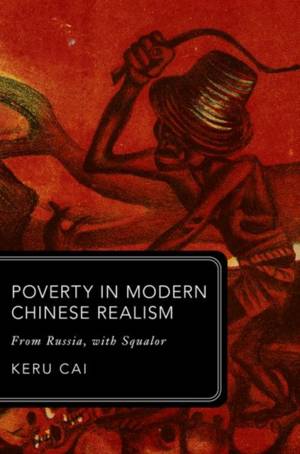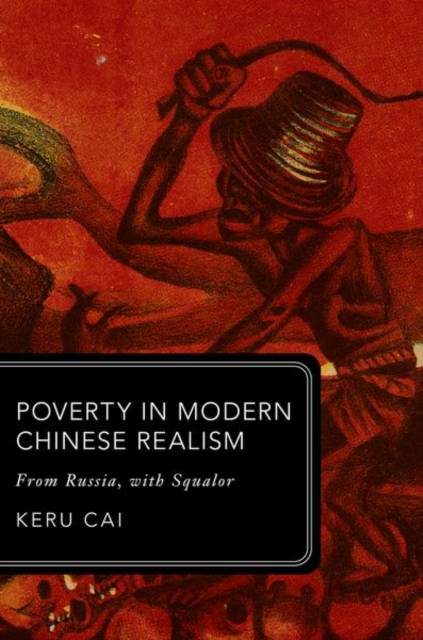
Je cadeautjes zeker op tijd in huis hebben voor de feestdagen? Kom langs in onze winkels en vind het perfecte geschenk!
- Afhalen na 1 uur in een winkel met voorraad
- Gratis thuislevering in België vanaf € 30
- Ruim aanbod met 7 miljoen producten
Je cadeautjes zeker op tijd in huis hebben voor de feestdagen? Kom langs in onze winkels en vind het perfecte geschenk!
- Afhalen na 1 uur in een winkel met voorraad
- Gratis thuislevering in België vanaf € 30
- Ruim aanbod met 7 miljoen producten
Zoeken
Omschrijving
Poverty in Modern Chinese Realism shows that early twentieth century Chinese writers drew upon Russian texts about the socially downtrodden to describe poverty, in a bid to enrich Chinese culture by creating a syncretic new realism. Modern Chinese realist writers turned to the topic of material poverty--peasants suffering from famine, exploited urban laborers, homeless orphans--to convey their sense of textual poverty and national backwardness. The combination of a radically new subject matter and experimentation with diverse literary resources, indigenous and foreign, generated major innovations in narrative technique. Depicting poverty allowed writers to revolutionize the nascent forms of modern Chinese narrative, innovating strategies of representing the nation, the social other, time, and space, while problematizing their deployment of squalor for aesthetic purposes. This book examines why Russian literature, itself long preoccupied with a problem of belatedness vis-à-vis Western Europe, occupied a privileged place for Chinese intellectuals of this era. Comparing Chinese fiction about poverty to Russian intertexts by Gogol, Andreev, Chekhov, Turgenev, and others, the book shows how Chinese writers drew and innovated upon themes (such as madness or human animality) and formal elements (such as metonymy). Keru Cai's multi-scalar approach emphasizing close textual analysis situates modern Chinese realism in the trans-Eurasian axis of world literature.
Specificaties
Betrokkenen
- Auteur(s):
- Uitgeverij:
Inhoud
- Aantal bladzijden:
- 272
- Taal:
- Engels
- Reeks:
Eigenschappen
- Productcode (EAN):
- 9780198947059
- Verschijningsdatum:
- 29/08/2025
- Uitvoering:
- Hardcover
- Formaat:
- Genaaid
- Afmetingen:
- 164 mm x 237 mm
- Gewicht:
- 562 g

Alleen bij Standaard Boekhandel
+ 370 punten op je klantenkaart van Standaard Boekhandel
Beoordelingen
We publiceren alleen reviews die voldoen aan de voorwaarden voor reviews. Bekijk onze voorwaarden voor reviews.









